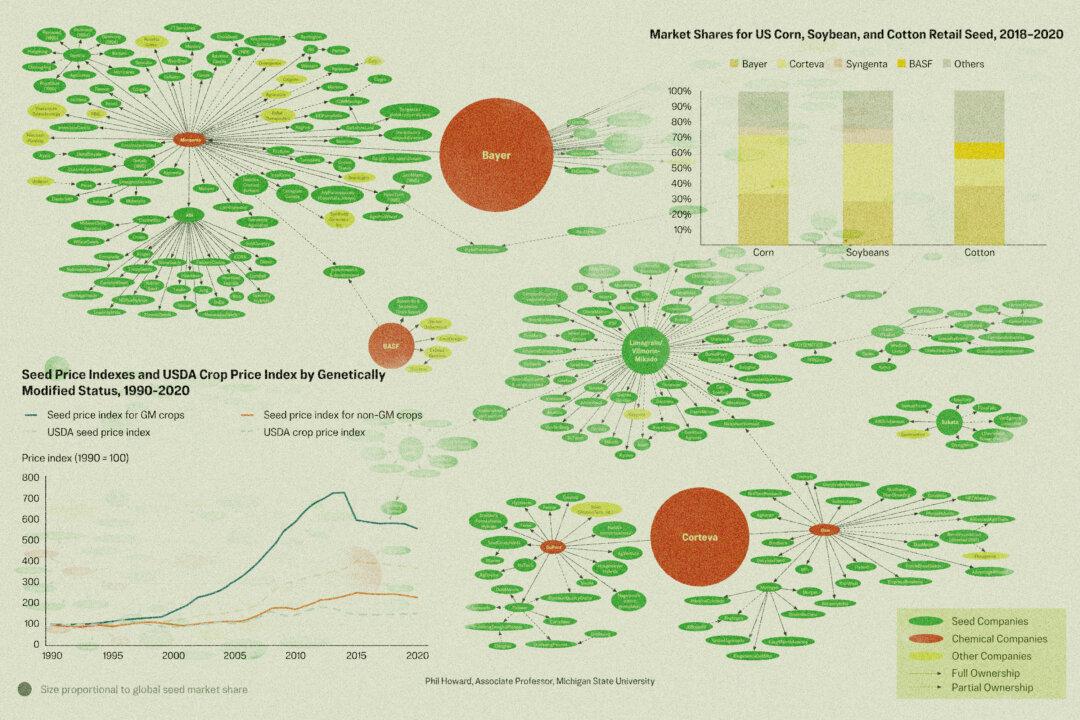Billions of metric tons of carbon dioxide are stored in the Earth’s rocks, but some climate change advocates want to add more. A lot more.
Carbon storage via underground injection wells has been operational for decades, but supporters of carbon sequestration also want to store CO2 in cement via pulverized rock.





